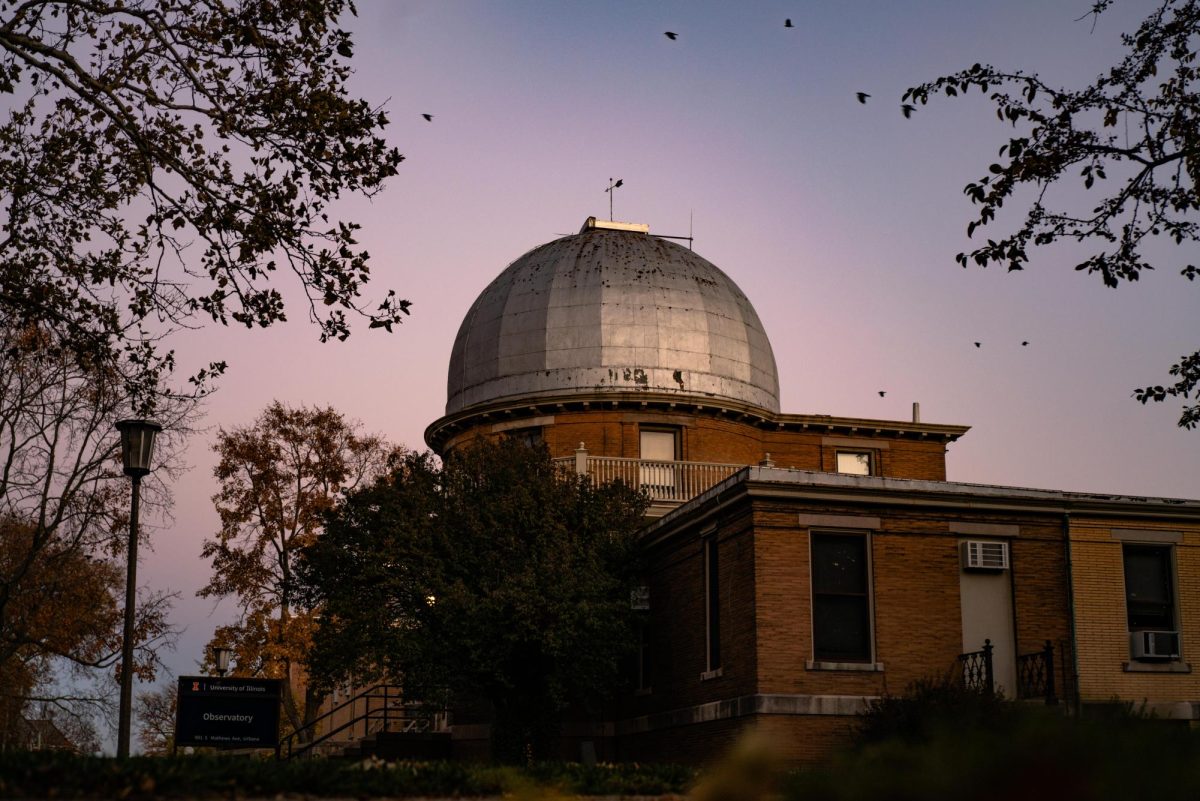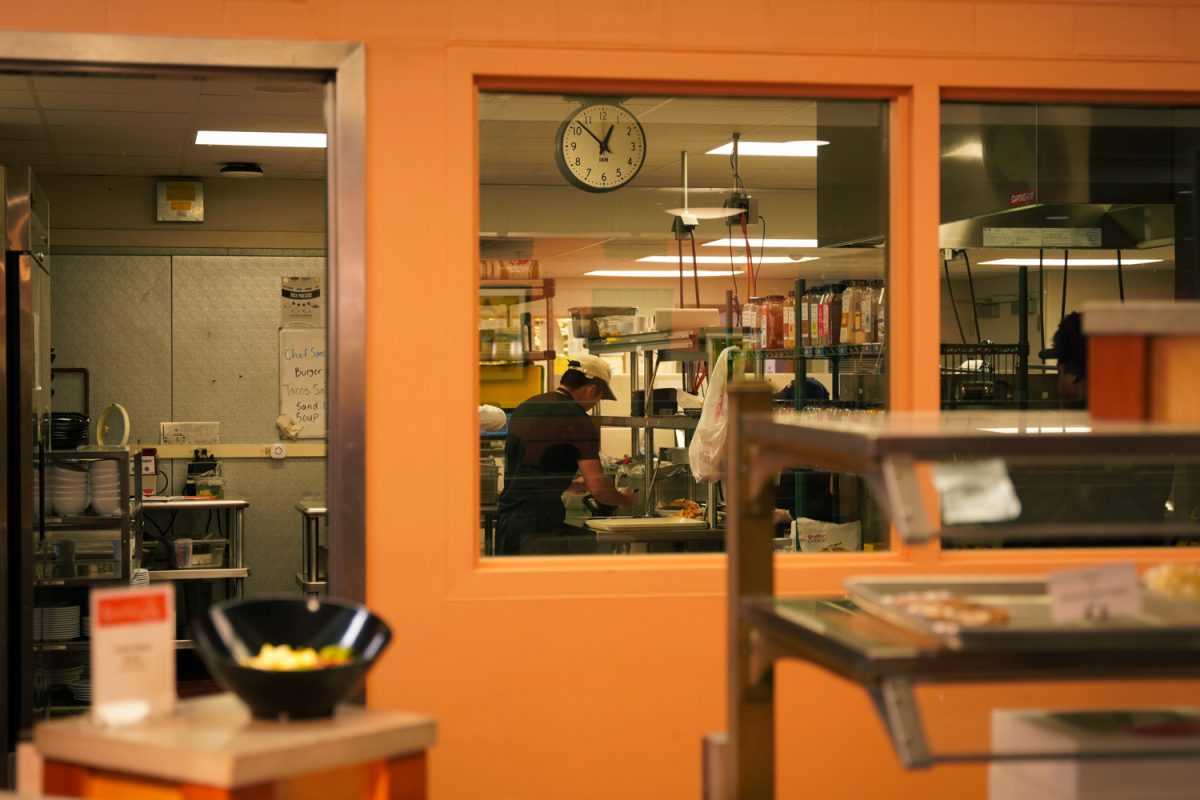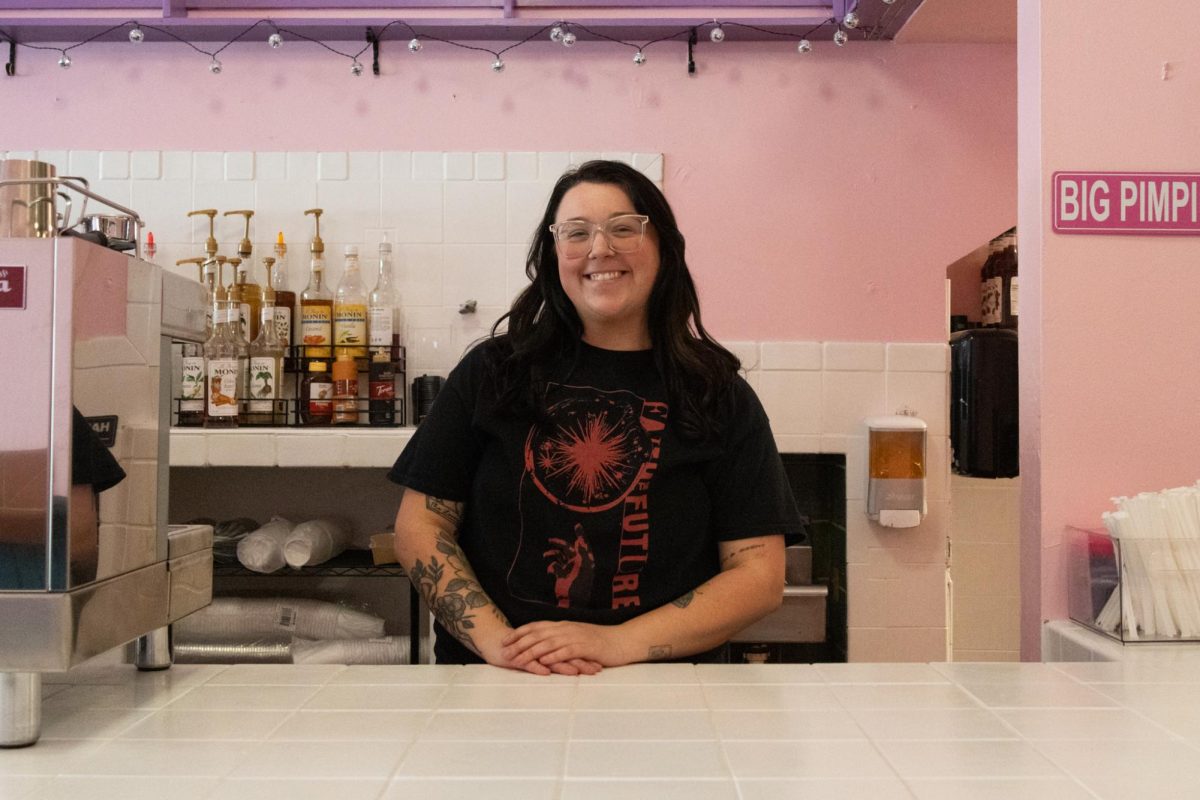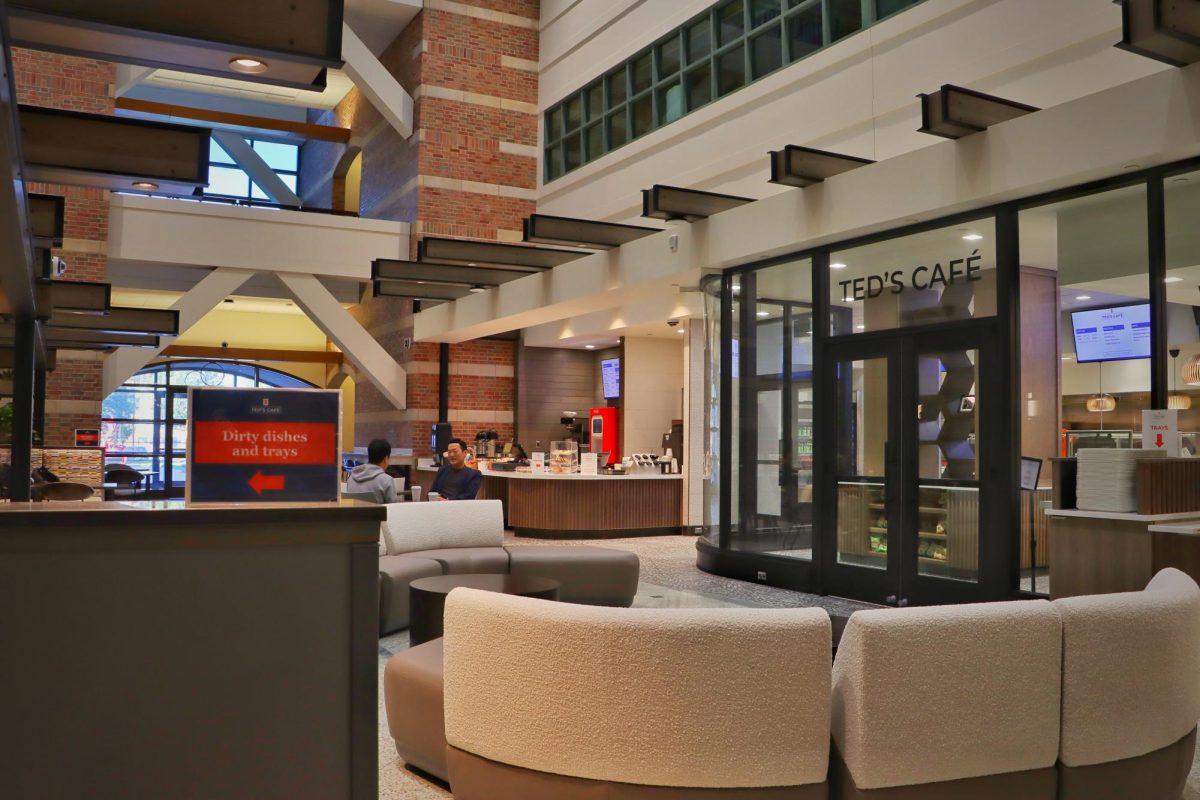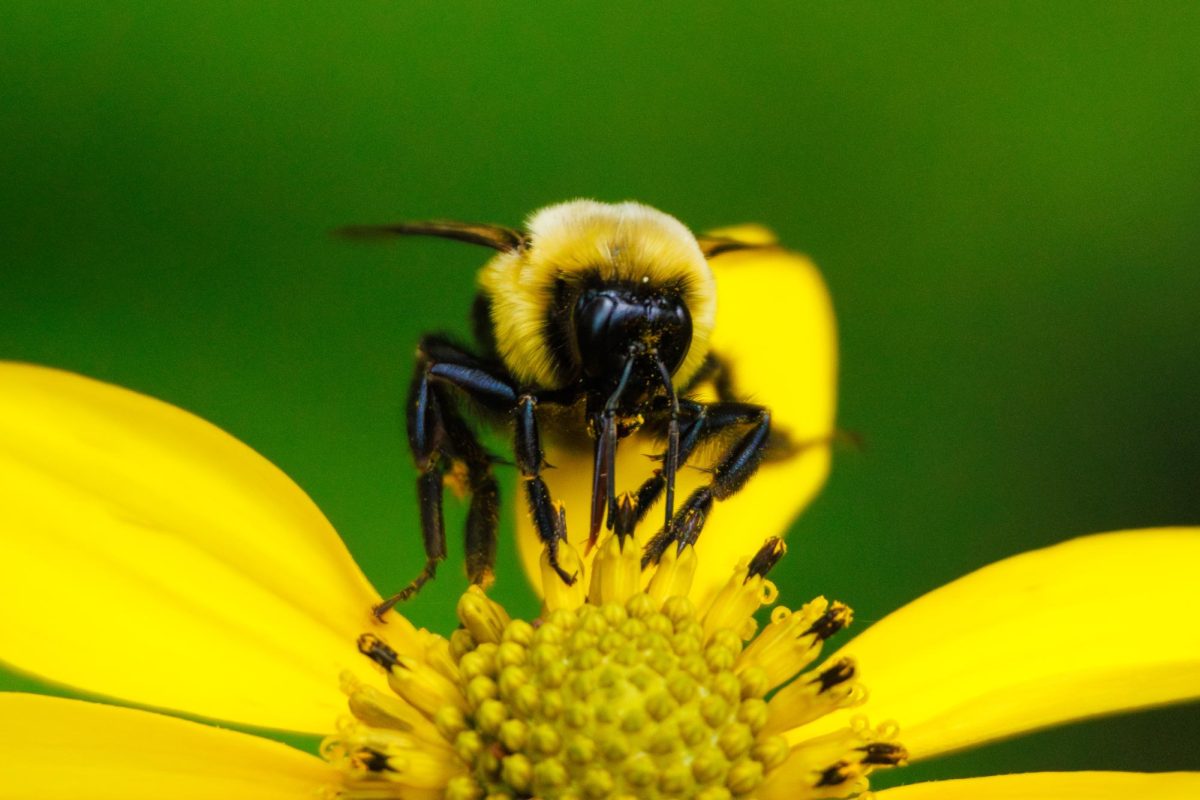Japan House welcomed visitors on Friday, as the cultural house provided guests with the chance to experience authentic matcha, a traditional Japanese bitter green tea.
“Japan House is a true opportunity for our community and our university to have a chance to engage in experiential, traditional Japanese culture,” said Jennifer Gunji-Ballsrud, director of Japan House.
The matcha tea was paired with wagashi, a Japanese sweet traditionally served with matcha.
Most people find authentic wagashi inaccessible in the United States, which made organizers of the event prioritize its presence to give visitors the opportunity to try the treat.
“Really, we felt that students should not just be eating anything for a tea ceremony,” explained Diana Liao, education and engagement specialist at Japan House.
Get The Daily Illini in your inbox!
The type of wagashi served is called manju. Because of the autumn season, the manju dough was crafted from kabocha, a Japanese pumpkin. The filling inside of the manju consisted of anko, which is a red bean paste sweet in flavor.
“For Homecoming Matcha Cafe, we make special wagashi just for that cafe so people can really taste seasonality,” Liao said. “They can taste the Japanese aesthetic in a very easy, casual setting.”
Organizers explained that Japanese aesthetics are centered around the four seasons, and so the café had themes of autumn.
With most treats being handmade, volunteers whisked matcha behind the scenes to serve attendees. One of these volunteers was Cydnee Weber, an integrator and teaching assistant for some of the courses at Japan House.
“I help to make sure that everyone who comes in and gets a bowl of matcha or just a matcha latte has a very good quality and nice experience here,” Weber said.
Alongside the matcha and wagashi being served, many donated customary goods were on display.
As visitors were being served, they sat by large windows overlooking the gardens, adding a touch of scenery as guests experienced the tastes of autumn.
Joel Saldana, senior in LAS, decided to attend the event after learning about it through the undergraduate newsletter.
“A lot of the stuff they had here was really cool,” Saldana said. “So, maybe if there’s a similar event, I definitely recommend checking it out.”
Some visitors even came out of town for Homecoming, deciding to stop by to experience something new.
Marisela Marchan, a visitor from Wisconsin, chose to attend the event for her daughter.
“She has been looking to appreciate the culture and, since we were here, this was something where she could see the Japanese garden,” Marchan said. “This is something to highlight since we don’t have a chance to do it at home.”
Gunji-Ballsrud said bringing opportunities for people, such as Marchan and her daughter, to enjoy Japanese culture is what Japan House strives to do.
“We’re here so that we can provide opportunities for people to have a moment of respite, an opportunity to see culture firsthand and experience it firsthand,” Gunji-Ballsrud said. “And we do it in a very traditional and authentic way, so I think it’s a miss who don’t come.”




